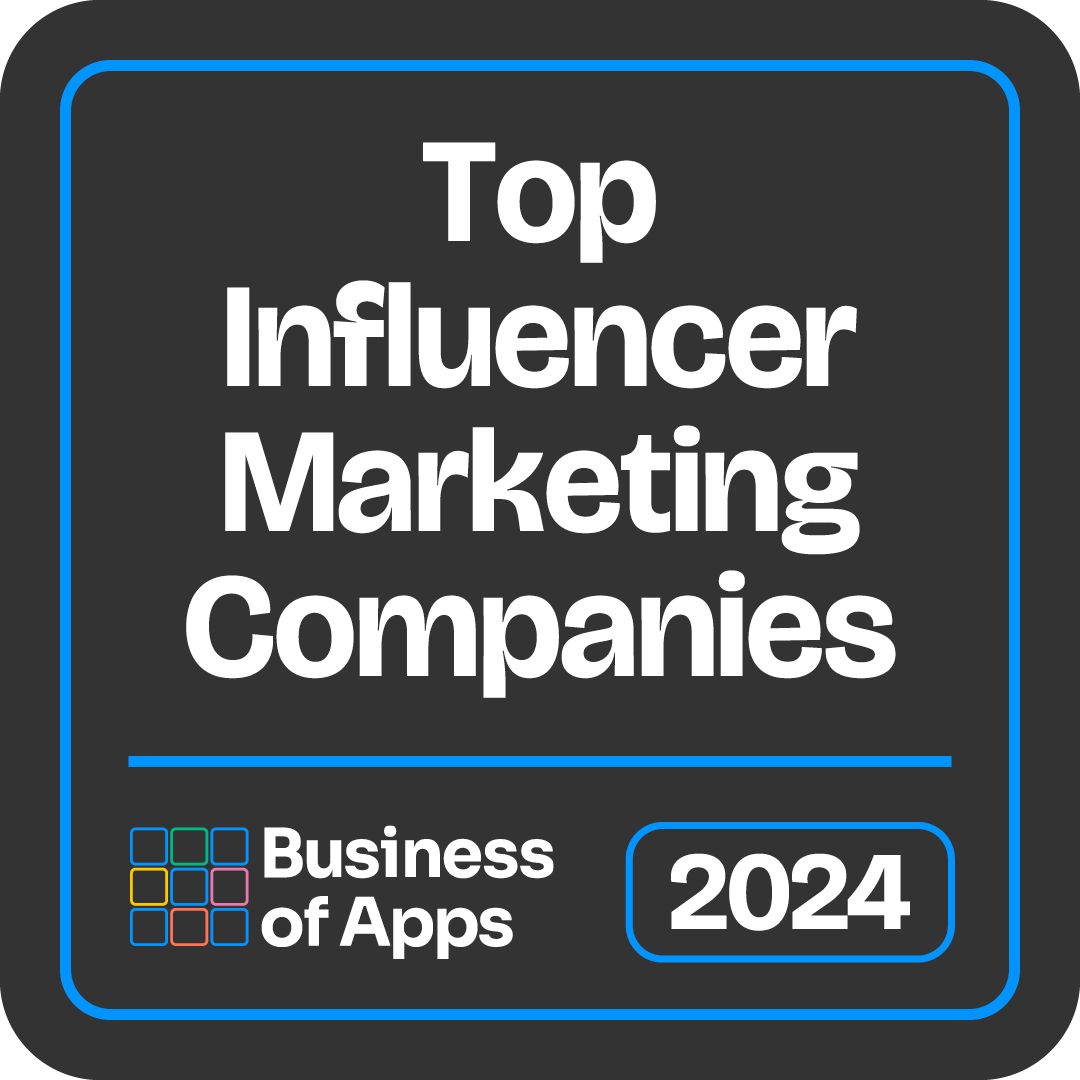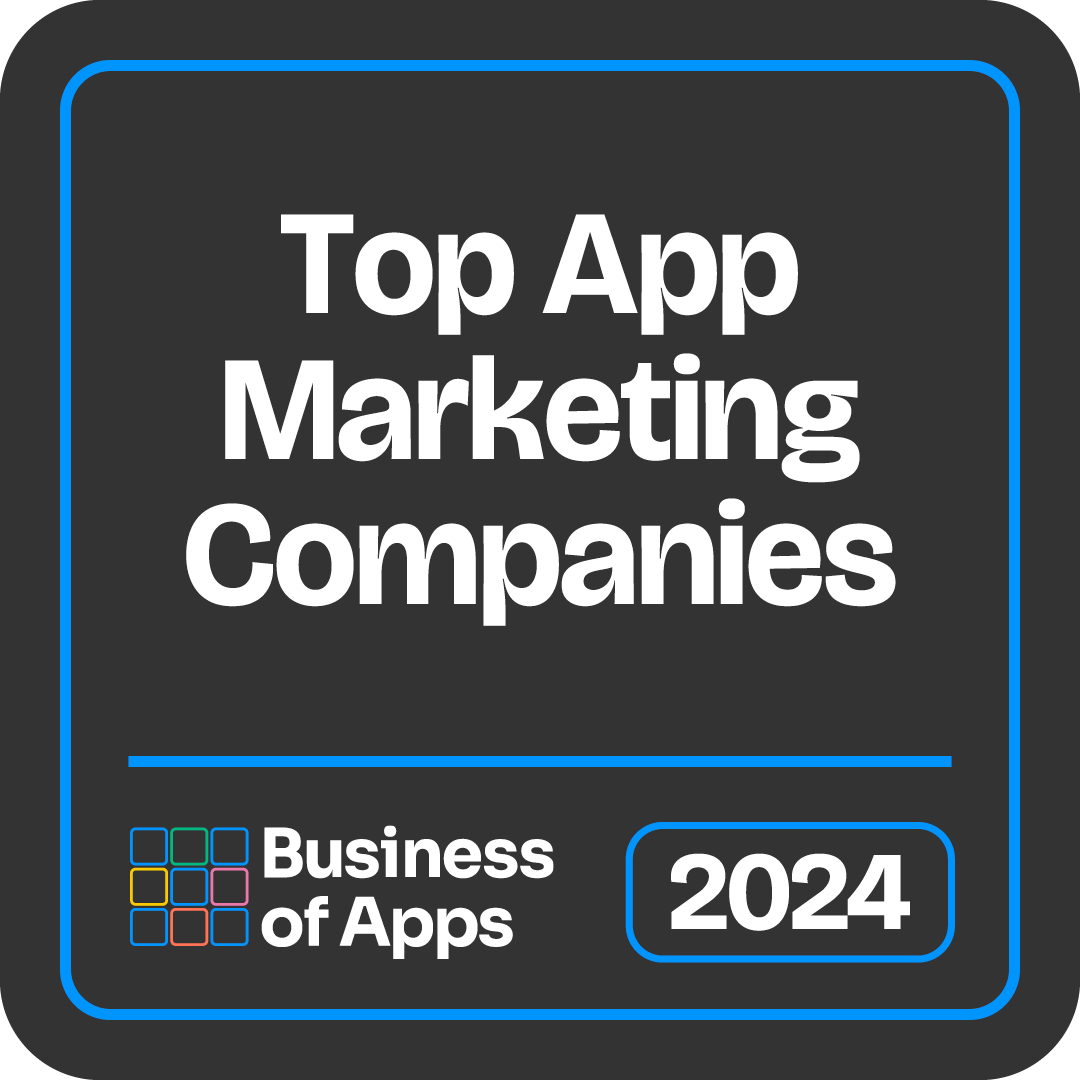
GOODFOOD

Case Study
BRAND OVERVIEW
GoodFood emphasizes high-quality ingredients, diverse menus, and convenience, catering to busy professionals, fitness enthusiasts, and anyone looking for nutritious meals without the hassle of cooking.
CAMPAIGN OBJECTIVES
GoodFood aimed to increase brand awareness, drive subscriptions, and enhance engagement on social media platforms, particularly targeting health-conscious millennials and busy urban professionals.



Increase Brand Awareness
Drive Subscriptions
Enhance Engagement
INFLUENCER STRATEGY
To achieve these goals, GoodFood partnered with a mix of micro and macro influencers who align with their brand values of health, wellness, and convenience. The campaign was designed to:
- Showcase the variety and quality of GoodFood's meals.
- Highlight the convenience of their delivery service.
- Emphasize the health benefits and gourmet taste.
INFLUENCER SELECTION
GoodFood selected 10 influencers based on their audience demographics, engagement rates, and content alignment. The chosen influencers included:
- Fitness Enthusiasts: Known for promoting healthy lifestyles and fitness routines.
- Food Bloggers: Focused on gourmet, health-conscious eating.
- Lifestyle Influencers: Emphasizing work-life balance and convenience.
CAMPAIGN EXECUTION
The campaign was executed over three months, featuring the following activities:
1. Unboxing Videos and Stories:
1. Unboxing Videos and Stories:
- Influencers shared unboxing videos on Instagram Stories, showcasing the packaging and first impressions of GoodFood deliveries.
- This content highlighted the excitement of receiving a GoodFood delivery and the attention to detail in their packaging.
- Influencers posted in-depth reviews and vlogs of their daily meals from GoodFood, emphasizing taste, nutritional value, and convenience.
- They shared personal experiences, such as how GoodFood fit into their busy schedules and supported their health goals.
- Unique discount codes were provided to each influencer, encouraging their followers to try GoodFood with a special offer.
- Influencers hosted giveaways, providing a few lucky followers with a week's worth of free GoodFood deliveries.
- Some influencers conducted live cooking sessions using GoodFood's ingredients, showing followers how they could easily transform these meals at home if desired.
RESULTS
The campaign significantly boosted GoodFood's online presence and engagement. Key metrics included:
1. Increase in Followers and Engagement:
1. Increase in Followers and Engagement:
- GoodFood's Instagram followers increased by 35% over the campaign period.
- Engagement rates (likes, comments, shares) on GoodFood's posts doubled, with particularly high interaction on posts featuring influencers.
- GoodFood saw a 25% increase in new subscriptions, with many new customers using the influencers' discount codes.
- Repeat subscriptions also saw an uptick, indicating customer satisfaction with the service.
- There was a 40% increase in website traffic, driven largely by social media referrals.
- Conversion rates improved by 15%, as the content provided by influencers helped in building trust and interest among potential customers.
CONCLUSION
GoodFood's influencer marketing campaign successfully leveraged the power of social media influencers to boost brand awareness, engagement, and subscriptions. By carefully selecting influencers whose audiences matched their target demographic and crafting authentic, engaging content, GoodFood was able to effectively communicate their value proposition and attract a loyal customer base.







